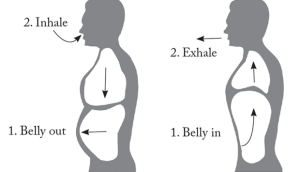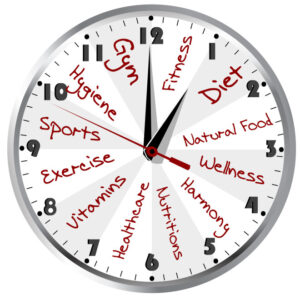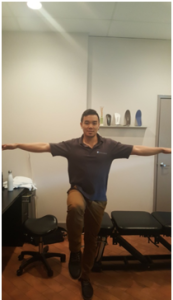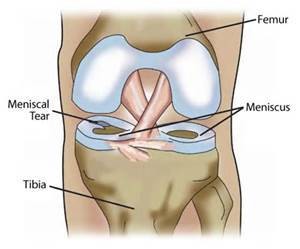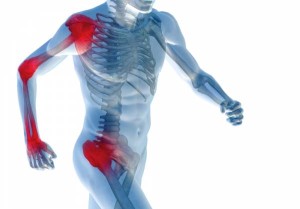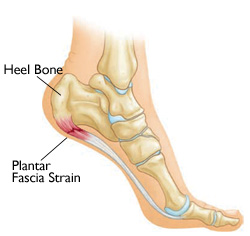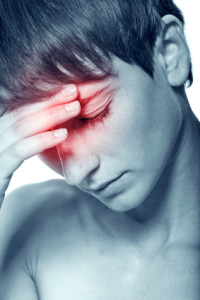Athlete’s Foot
Athlete’s foot is a fairly common foot condition and is a fungal infection of the skin on your feet. While it can easily be treated with prescription anti-fungal creams, you want to avoid it if you can. Fungus thrives in warm, moist environments. Avoid walking barefoot in communal areas such as swimming pool decks and locker room change rooms. Wash your feet daily using soap and water, ensuring to dry well in between the toes. If your feet have a tendency to sweat a lot, use rubbing alcohol and a cotton ball to swab between your toes.
Contact us to book an assessment today!



